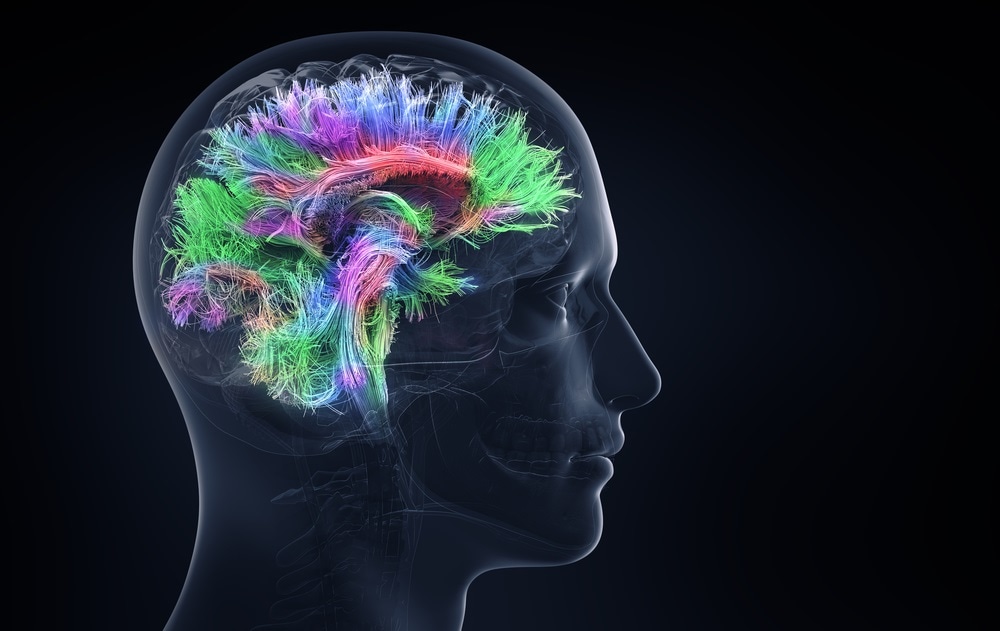Researchers at Stanford University have created a new brain-machine interface that links the brain to a silicon chip that can “film” neural electrical activity.
 Image Credits: adike / Shutterstock.com
Image Credits: adike / Shutterstock.com
Although such devices are already available for prosthetics and brain research and treatment, the new device records significantly more information and is less invasive than current devices.
"Nobody has taken these 2D silicon electronics and matched them to the three-dimensional architecture of the brain before," says materials science student and lead author of the paper Abdulmalik Obaid. "We had to throw out what we already know about conventional chip fabrication and design new processes to bring silicon electronics into the third dimension. And we had to do it in a way that could scale up easily."
About the new technology
As recently reported in the journal Science Advances, the technology is comprised of a group of extremely thin wires that are each half the width of a fine human hair. The microwires are placed inside the brain and linked to an external silicon chip that records the electrical signals passing them and essentially “films” the electrical activity of individual neurons.
Electrical activity is one of the highest-resolution ways of looking at brain activity. With this microwire array, we can see what's happening on the single-neuron level."
Nick Melosh, co-author and materials science professor
In tests on rat retinal cells and on the brains of live mice, meaningful signals passing the hundreds of wires were acquired. Further studies will show what can be revealed from these signals, as well as the length of time the device can stay in the brain. In particular, the researchers are intrigued by what the signals might be able to reveal about the process of learning and the potential applications in prosthetics, especially for assisted speech.
The challenges
To create a device that met their goals, the team knew it would need to be durable, able to closely connect with the brain and minimally intrusive, to prevent damage.
Melosh says they decided to link the device to a silicon chip because, as well as being very powerful, these chips provide a great opportunity to scale up: "Our array couples with that technology very simply. You can actually just take the chip, press it onto the exposed end of the bundle and get the signals."
One key problem the team faced was working out how the array should be structured. They knew it would need to be strong and long-lasting, despite the bulk of it being comprised of extremely fine microwires. They tackled this by insulating the individual wires in a biocompatible polymer and gathering them together in a metal collar, thereby ensuring the wires are separated from one another and correctly positioned.
The polymer is then removed from underneath the collar and each wire is guided directly into the brain. Current brain-interface machines only contain around one hundred wires, providing only as many signaling channels. Furthermore, each of the wires needs to be manually positioned in the array.
Partly supported by a “Big Ideas” grant from the Wu Tsai Neurosciences Institute, the team worked on refining the design for years, to ensure it would provide an array with thousands of signaling channels.
"The design of this device is completely different”
"The design of this device is completely different from any existing high-density recording devices, and the shape, size, and density of the array can be simply varied during fabrication,” says co-author Jun Ding, an assistant professor of neurosurgery and neurology. “This means that we can simultaneously record different brain regions at different depths with virtually any 3D arrangement."
Ding points out that if the technology were applied in a broader context, it could expedite understanding of how the brain works in both a healthy state and in cases of the disease.
After many years of trying to develop the elegant technology, the researchers eventually created a device that they could test in living brain tissues. Obaid says they had to use kilometers of the fine wires to male arrays that were large enough in scale and then link them to the silicon chip: "After years of working on that design, we tested it on the retina for the first time and it worked right away. It was extremely reassuring."
What is next?
Having conducted their first tests on retinal cells and in the brains of mice, the researchers have now begun longer-term testing in animals to assess durability and how larger-scale versions perform.
They are also investigating the types of information the array can record, with the results obtained so far suggesting that it may be possible to watch learning and failure processes in the brain in real-time.
The researchers hope that in the future, the technology could be used to enhance medical technologies such as prosthetics and devices for recovering lost speech or vision.
Journal reference:
Device brings silicon computing power to brain research and prosthetics. EurekAlert! 2020. Available at: https://www.eurekalert.org/emb_releases/2020-03/su-dbs031820.php